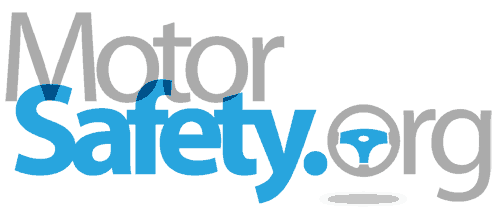Palo Alto, CA – November 6, 2021 – Tesla (NASDAQ:TSLA) has recalled 11,704 cars that may brake unexpectedly or issue a false “collision warning.” This increases the risk of a crash.
The recall is limited to “full-self driving” cars – that are currently in beta –and includes the following electric cars:
- 2017 – 2021 Tesla Model 3
- 2017 – 2021 Tesla Model S
- 2017 – 2021 Tesla Model X
- 2020 – 2021 Tesla Model Y
Recall summary
Due to a faulty over-the-air (OTA) software update issued by Tesla in October, the recalled cars may unexpectedly activate the emergency brake or falsely warn of a collision ahead.
Background of the recall
This Tesla brakes’ failure issue was identified on the back of owners’ complaints after the update was performed.
After Tesla began working on the issue, it remotely deactivated the entire forward collision avoidance system. The LA Times reported that owners were not informed of this deactivation, which raised safety concerns.
Warning signs
A “warning message” is displayed in the instrument panel if the “false-positive braking” happens. The driver may also hear a “warning chime.”
Recall risks
This Tesla brakes’ issue can cause a collision if a car unexpectedly slams on the brakes ahead of faster moving traffic. The false warning messages and chimes can also distract drivers, also raising the risk of an accident.
Recent Tesla recalls
In July, the manufacturer recalled over 5,000 Model 3 and Model Y vehicles with incorrectly fitted seat belts, which increased the risk of an injury in a crash. Earlier that month, the same vehicles were subject to a recall due to the possibility of them losing tire pressure, as reported.
The repair
As of October 29, 99.8% of cars involved in this recall received an OTA update resolving the issue. If you are having issues, make sure your Tesla is set up for remote updates to receive this repair. Go to a dealer if you are having trouble connecting your Tesla to the internet.
Is your vehicle part of this recall?
Over 11,704 vehicles are included in this Tesla emergency brake recall. To see if your car is one of them, use MotorSafety’s free vehicle lookup tool.
